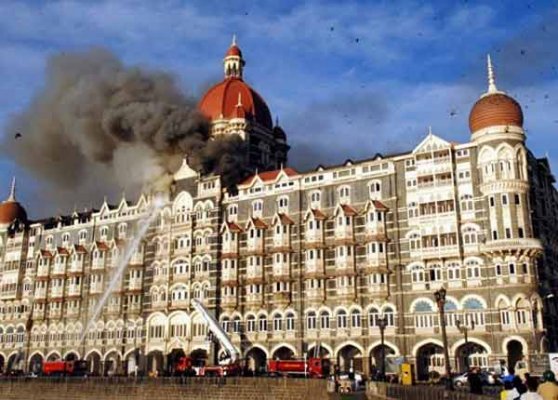Deadly 'near-misses' in spycraft history resulted in 26/11 Mumbai terror attack

The 26/11 Mumbai attacks happened as a result of one of the ‘most devastating near-misses in the history of spycraft’ in which the US, British and Indian spy agencies failed to pull together all the strands gathered by their high-tech surveillance to thwart the assault on India's financial capital, according to an investigative report said.
A detailed report by the New York Times, ProPublica and the PBS series 'Frontline' titled 'In 2008 Mumbai Killings, Piles of Spy Data, but an Uncompleted Puzzle' said ‘that hidden history of the Mumbai attacks reveals the vulnerability as well as the strengths of computer surveillance and intercepts as a counter-terrorism weapon.
"What happened next may rank among the most devastating near-misses in the history of spycraft. The intelligence agencies of the three nations did not pull together all the strands gathered by their high-tech surveillance and other tools, which might have allowed them to disrupt a terror strike so scarring that it is often called India's 9/11," said the lengthy report.
Citing classified documents leaked by Edward Snowden, the former National Security Agency contractor, it said although electronic eavesdropping often yields valuable data, even ‘tantalizing’ clues can be missed if the technology is not closely monitored, the intelligence gleaned from it is not linked with other information, or analysis does not sift incriminating activity from the ocean of digital data.
In one of the most glaring intelligence failures, the report said Indian and British intelligence agencies monitored online activities of a key 26/11 planner Zarrar Shah, the technology chief of Pakistan-based Lashkar-e-Taiba (LeT) terror group, ‘but couldn't connect the dots’ before the attacks that killed 166 people, including six Americans.
In the fall of 2008, Shah ‘roamed from outposts in the northern mountains of Pakistan to safe houses near the Arabian Sea, plotting mayhem in Mumbai, India's commercial gem’.
He was, however, unaware that by September, the British were spying on many of his online activities, tracking his Internet searches and messages, the report said.
"They were not the only spies watching. Shah drew similar scrutiny from an Indian intelligence agency," it said, citing a former official briefed on the operation.
While the US was unaware of the two agencies' efforts, it had picked up signs of a plot through other electronic and human sources, and warned Indian security officials several times in the months before the attack, the report said.

0 comments:
Post a Comment